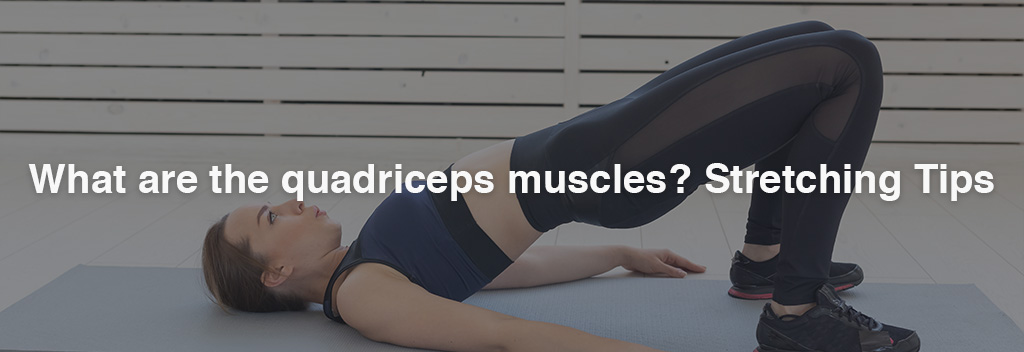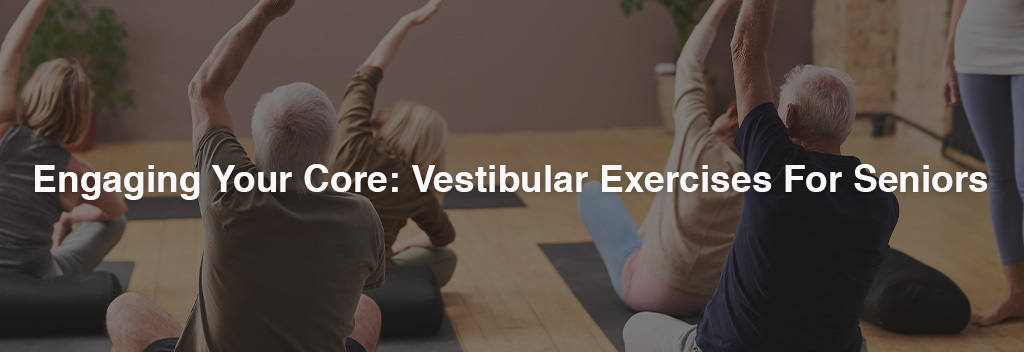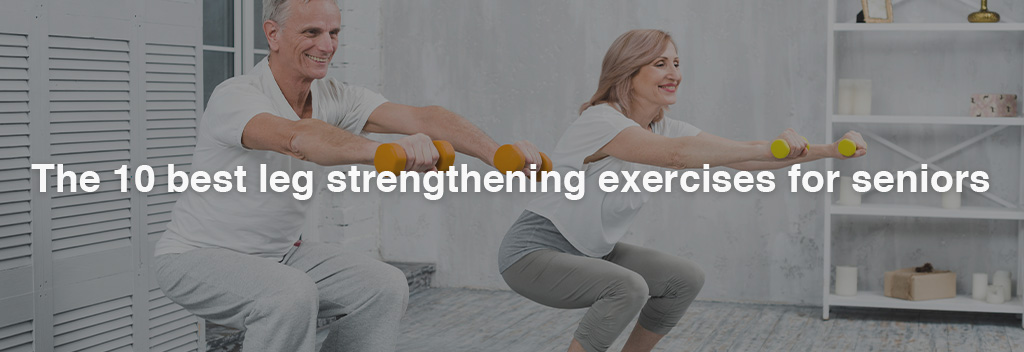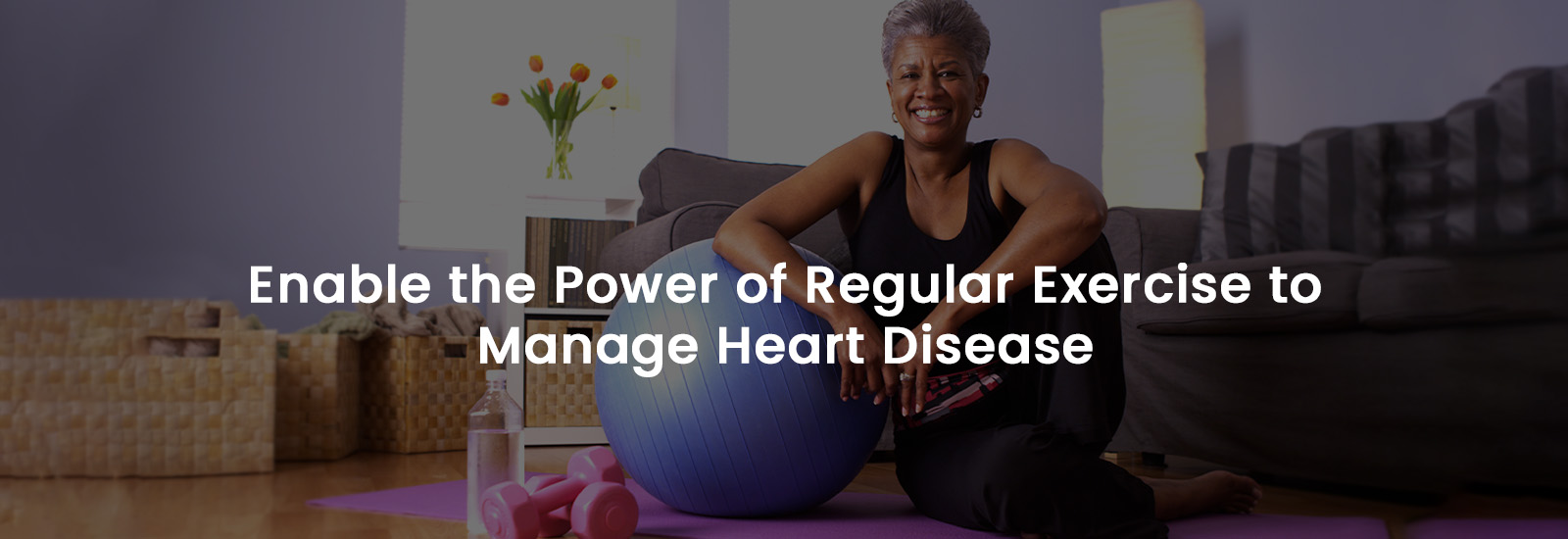
For overall lower body strength, stability, and mobility, the quadriceps muscles are essential. Given that they include one of the body’s largest muscle groups, it is crucial to comprehend their anatomy, purpose, and suitable stretching procedures in order to preserve your health and avoid accidents.
What are Quadriceps Muscles?
A collection of four muscles on the front of the leg is called the quadriceps, or quads, and it is located at the front of the thigh. They are among the body’s biggest and most powerful muscles.
These muscles play a vital role in various movements, including walking, running, jumping, and squatting.
The thigh muscles can be further divided into three compartments:
- the anterior (front)
- medial (inner)
- posterior (back of the thigh)
The quadriceps are a muscle that forms the anterior compartment, together with the sartorius and iliopsoas, allowing stability and mobility by extending the leg at the knee.
Quadriceps Anatomy
Gaining an understanding of the quadriceps muscles’ anatomy is essential to understanding their function and potential risks. The quadriceps tendon connects the quadriceps muscles to the patella, while the patellar tendon attaches the patella to the tibia, forming the patellofemoral joint. This joint is essential for knee extension and acts as the quadriceps muscles’ point of attachment, which makes jumping, running, and kicking possible.
Comprising the quadriceps muscle group are:
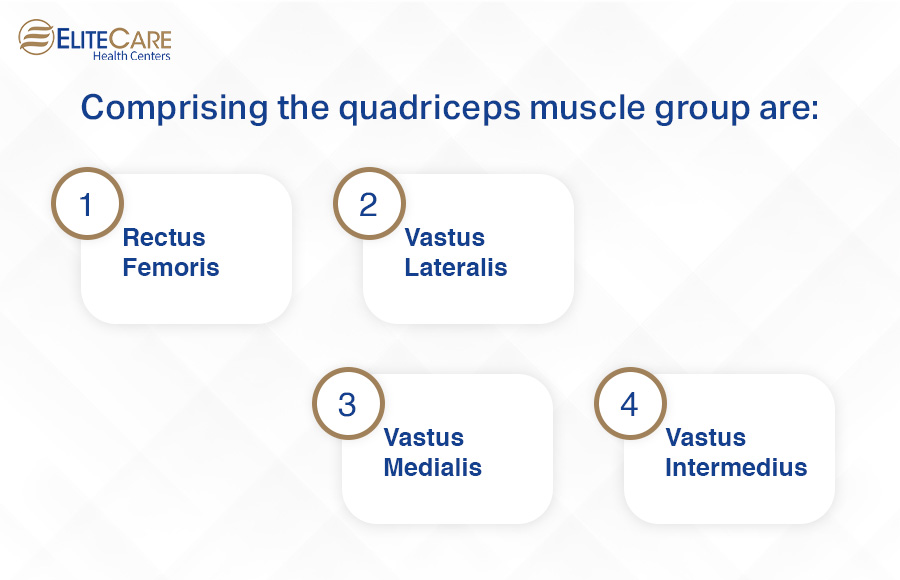
1. Rectus Femoris:
The only quadriceps muscle that crosses the hip and knee joints is the Rectus Femoris. It inserts into the patella and tibia after emerging from the hip bone’s ilium.
2. Vastus Lateralis:
Situated on the outer side of the thigh, the vastus lateralis originates from the femur’s greater trochanter and inserts into the patella and tibia.
3. Vastus Medialis:
Positioned on the inner side of the thigh, the vastus medialis originates from the femur’s intertrochanteric line and inserts into the patella and tibia.
4. Vastus Intermedius:
This muscle lies deep within the thigh and is sandwiched between the vastus lateralis and vastus medialis. It originates from the femur’s anterior and lateral surfaces and inserts into the patella and tibia.
Together, these muscles work synergistically to extend the knee joint and provide stability to the leg during various movements.
Muscle Function
Leg exercises for seniors such as leg extension is the main purpose of the quadriceps muscles. The rectus femoris muscle also helps to flex the hip joint, which facilitates actions like bending forward at the waist and elevating the leg.
During activities like walking or running, the quadriceps muscles contract concentrically to propel the body forward, while during activities like descending stairs or squatting, they contract eccentrically to control the descent and absorb shock.
Pain and Injuries
Despite their strength and resilience, the quadriceps muscles are susceptible to various injuries, particularly in athletes or individuals who engage in activities that place repetitive stress on the knees and thighs.
Common quadriceps injuries include:
1. Strains:
When the muscular fibers in the quadriceps strain as a result of overstretching or abrupt, strong motions, the muscle tears.
Symptoms may include pain, swelling, bruising, and difficulty bearing weight on the affected leg.
2. Patellar Tendinitis:
Also known as jumper’s knee, this condition involves inflammation of the patellar tendon, usually due to repetitive jumping or running activities.
Symptoms include pain, tenderness, and stiffness around the patellar tendon.
3. Quadriceps Tendinitis:
This condition involves inflammation of the quadriceps tendon, often caused by overuse or sudden increases in activity level.
Symptoms may include pain, swelling, and difficulty in the functioning of the knee joint.
4. Patellofemoral Pain Syndrome (PFPS):
PFPS, commonly known as a runner’s knee, is characterized by pain around the patella, typically exacerbated by activities such as running, squatting, or climbing stairs.
How to Strengthen Your Quads
Strengthening the quadriceps muscles is essential for improving lower body strength, stability, and overall athletic performance.
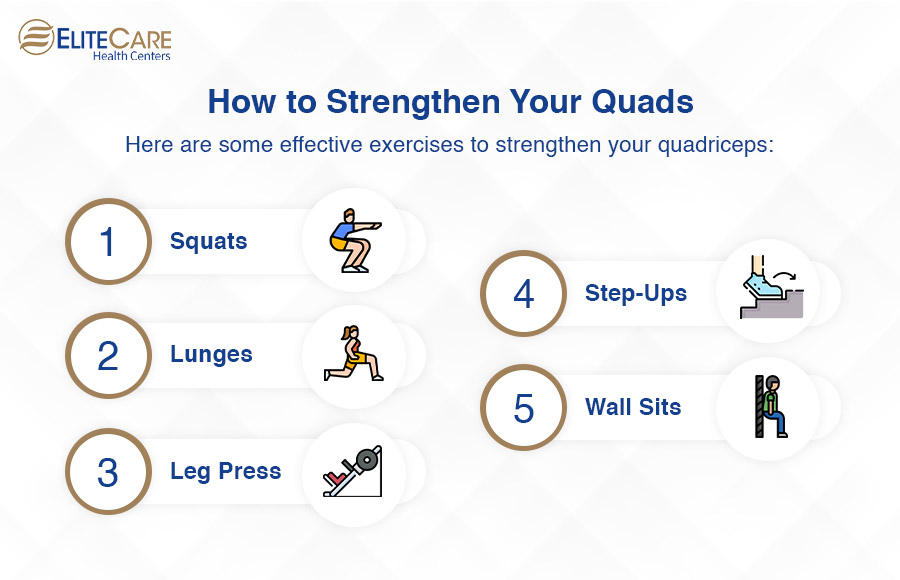
Incorporating targeted exercises into your workout routine can help strengthen the quads while reducing the risk of injuries.
Here are some effective exercises to strengthen your quadriceps:
1. Squats:
These are a compound exercise that targets the quadriceps, glutes, and lower back.
How to perform: Standing with your feet shoulder-width apart, squat by bending your knees and hips while maintaining a straight back, then push through your heels to bring yourself back to the starting position.
2. Lunges:
Another great exercise for the quadriceps, hamstrings, and glutes is doing lunges.
How to perform: Beginning with your feet together, step forward with a big step with one leg, lowering your torso until your knees are 90 degrees bent, then push to return to the starting position.
3. Leg Press:
A common exercise for strengthening the quadriceps and supporting the lower back is the leg press machine.
How to perform: Stretch your knees to push the weight away from you while you sit on the machine with your feet shoulder-width apart on the footplate. Then, carefully and slowly return to the position you started with.
4. Step-Ups:
Step-ups are a functional exercise that mimics everyday movements like climbing stairs.
How to perform: Starting from a standing position, approach a sturdy bench or platform, place one foot on it, and then use your heel to elevate your body onto the bench. Repeat after stepping down with the opposite foot.
5. Wall Sits:
Wall sits are an isometric exercise that targets the quadriceps, glutes, and hamstrings.
How to perform: Stand with your back against a wall, slide down until your thighs are parallel to the floor, and hold this position for as long as possible, focusing on engaging your quadriceps muscles.
Stretching Tips for Healthy Quadriceps
Stretching is essential for maintaining flexibility, improving range of motion, and preventing muscle tightness and imbalances. It also helps seniors stay fit.
Incorporating quadriceps stretches into your pre and post-workout routine can help alleviate tension and reduce the risk of injuries. Here are some effective stretching tips for your quadriceps:
1. Standing Quadriceps Stretch:
- Stand tall with your feet hip-width apart, bend one knee, and bring your heel towards your glutes, grabbing your ankle or foot with your hand.
- Gently pull your foot towards your glutes until you feel a stretch in the front of your thigh.
- Hold for 15-30 seconds and repeat on the opposite side.
2. Kneeling Quadriceps Stretch:
- Kneel on the floor with one knee bent at a 90-degree angle and the other foot planted in front of you.
- Lean forward slightly, placing your hands on the ground for support, and shift your weight onto your front foot. You should feel a stretch in the quadriceps of the back leg.
- Hold for 15-30 seconds and switch sides.
3. Lying Quadriceps Stretch:
- Lie on your side with your bottom leg bent for support and your top leg extended straight.
- Bend your top knee and reach back to grab your ankle or foot with your hand.
- Gently pull your foot towards your glutes until you feel a stretch in the front of your thigh.
- Hold for 15-30 seconds and switch sides.
4. Chair Quadriceps Stretch:
- Sit on the edge of a chair with your feet flat on the floor. Slide one foot back behind you, resting the top of your foot on the ground.
- Lean back slightly, placing your hands on the chair for support, and press your hips forward until you feel a stretch in the quadriceps of the extended leg.
- Hold for 15-30 seconds and switch sides.
5. Dynamic Quadriceps Stretch:
- Perform dynamic movements like leg swings or walking lunges to warm up the quadriceps before exercise.
- Swing one leg forward and backward in a controlled motion, gradually increasing the range of motion with each swing.
- Perform 10-15 repetitions on each leg.
The quadriceps muscles are integral for lower body strength, stability, and mobility. To maintain optimum health and avoid injuries, it is crucial to comprehend their anatomy, and function, and how to take care of them using appropriate stretching procedures
EliteCare HC is one of the best medical clinics in Florida and offers personalized health and wellness advice. Consult with our doctors to get started on a healthy journey. Visit our website or call +1 888-596-2090 for an appointment.
Frequently Asked Questions
Quadriceps pain and injuries can result from various factors, including overuse, sudden movements, poor biomechanics, muscle imbalances, and inadequate warm-up or stretching.
Stretching is crucial for maintaining flexibility, improving range of motion, and preventing muscle tightness and imbalances.
It’s recommended to incorporate stretching exercises for the quadriceps muscles into your daily routine, especially before and after workouts.
When stretching the quadriceps muscles, it’s essential to perform each stretch slowly and gently, avoiding sudden or jerky movements that could cause injury. Additionally, individuals with existing knee or hip conditions should consult with a healthcare professional before starting a stretching routine.

